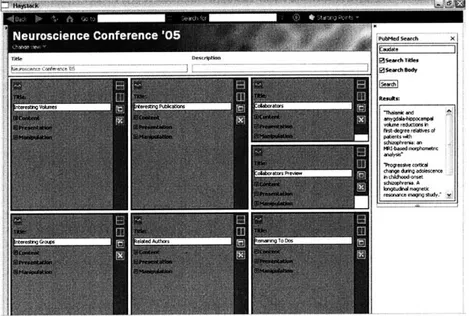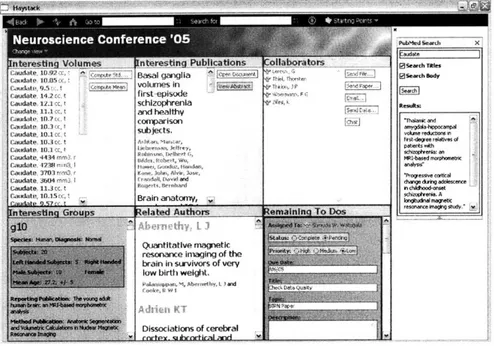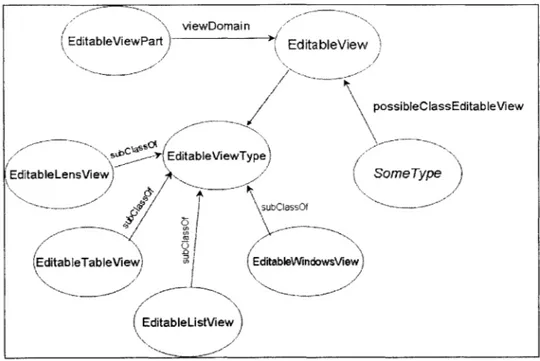Designing customizable end user applications using semantic technologies to improve information management
Texte intégral
Figure
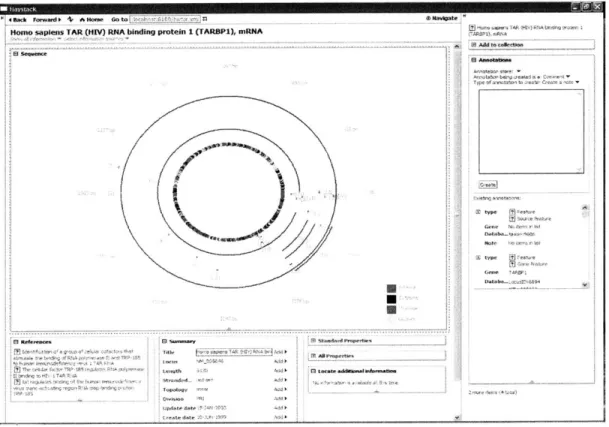
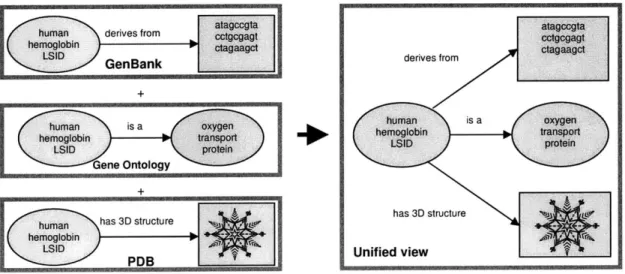

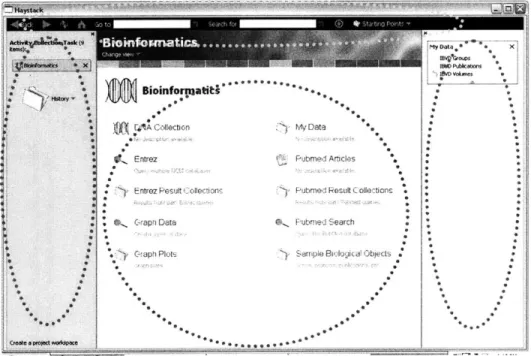
Documents relatifs
Its distinguishing characteristic is its disambiguation-related customization capa- bilities as it allows users to define and apply custom disambiguation evidence models, based on
Once activity data have been extracted and represented according to the ontolo- gies briefly described above, the next step consists in identifying and aggregating, in this data
The architecture requires supervi- sion only in the form of matching image pairs and sets the new state-of-the-art on multiple standard semantic align- ment benchmarks, even
On the other hand, our analysis against related work specific for Web information systems shows that the user tasks where the contribution of Semantic Web
Our framework consists of two separate modules: EULAide is responsible for processing license agreements (or terms of use) and is based on OBIE; and KnIGHT assigns
IT specialists can use this profile to support the lifecycle of SA when validating the correspondence of data schemas (metadata) to domain models or enriching data schemas with
In this paper we describe how NXP is making use of Semantic Web technology such as RDF and SPARQL to manage a product taxonomy for marketing purposes that forms
The application for Sony DADC features semantic technologies for copyright management based on copyright law and thus provide the modelling tools to capture
